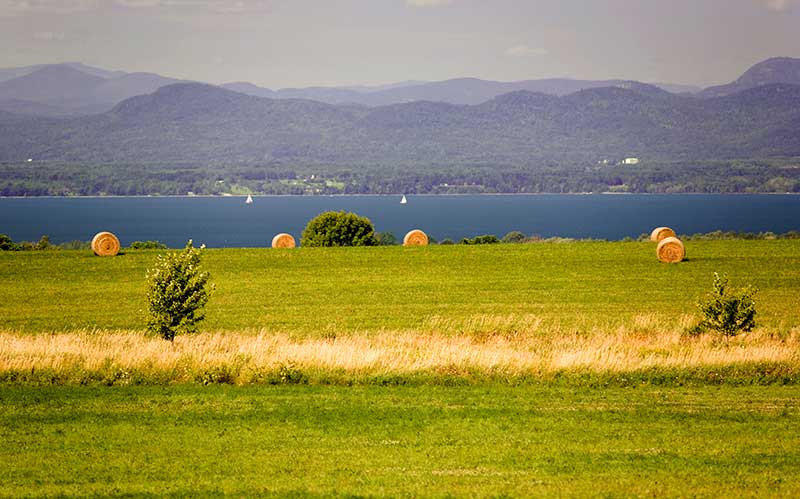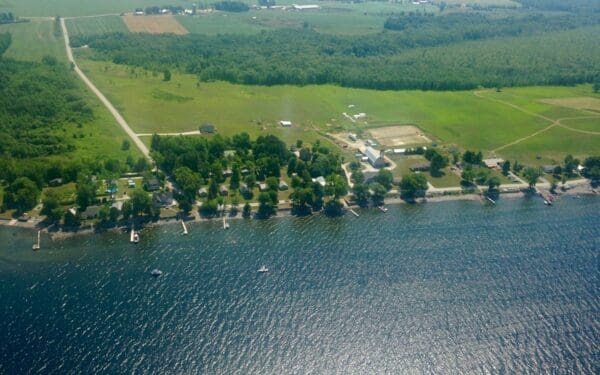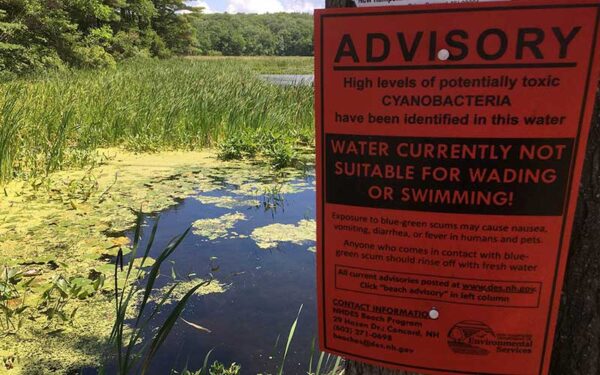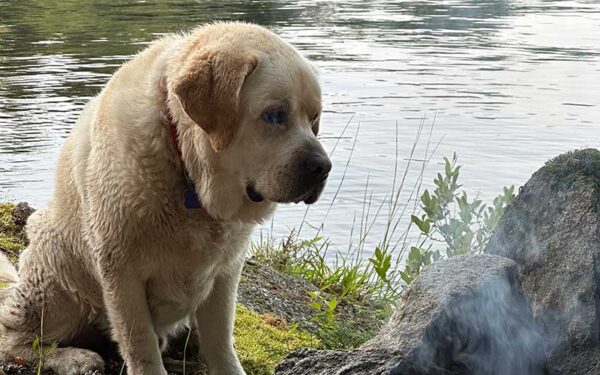
We made good progress in cleaning up Vermont's waters last year – but there's much more to do in the year ahead. Photo: JTyler/IStock
This past year was big for clean water in Vermont. The pollution limits for Lake Champlain were finalized, and a slew of new rules for agriculture, development and wastewater were established. CLF fought hard to shape these new policies to protect the environment and to ensure we have regular check-ins and honest accounting on how we’re progressing.
As we start 2017, the biggest hurtle we face is funding for state efforts. We’ve started off strong though with State Treasurer Pearce and Governor Scott recommending $50 million be directed toward water projects over the next two years. While this falls short of the $62.4 million needed each year, it is a significant step in the right direction.
Most days, you can find CLF advocates at the Statehouse pushing for the full amount of needed funds (supported by a long-term revenue source). We’ll keep you posted over the legislative session on where water funds land and how you can help by attending public meetings, contacting your legislators, or coming to a local event.
In the meantime, here’s a quick status check on progress made so far, and work still to do to ensure our iconic Lake Champlain and all of our waterways can be healthy and resilient.
Lake Champlain Pollution Limits
The sad news is that Lake Champlain is not in great shape – excessive phosphorus pollution contributes to toxic blue-green algae (cyanobacteria) outbreaks, invasive species cost the State hundreds of thousands of dollars to control each year, and too many beaches were forced to close throughout the summer because of E. coli and other contamination.
Last June, the Environmental Protection Agency (EPA) took a big step forward in cleaning up our ailing lake by developing limits called the Total Maximum Daily Load, or TMDL, that cap the amount of phosphorus pollution allowed into Lake Champlain.
CLF negotiated with EPA and the State until the final hour to improve these final pollution limits. In the end, we have stringent standards that crack down on the amount of pollution entering the lake. Equally important is CLF’s success at mandating that EPA evaluate the State’s plan to implement these pollution limits and monitor progress.
Now begins the process of tracking the State’s implementation plans, which are broken down by sub-watershed and updated every five years. CLF commented on the Lamoille River Basin and Missisquoi Bay Basin last year. This year, we will be watching closely how the State develops the next plan for the Poultney, Mettawee and Lower Champlain Basins.
Farming Practices
Over the summer, the Vermont Agency of Agriculture, Food, and Markets finalized new rules for the farming community called the Required Agricultural Practices (RAPs). One major goal of the RAPs is to reduce the amount of phosphorus running off of farm fields into our waterways. Despite our first, second, and third comment letters, press attention, and meetings, we were unsuccessful at achieving real change.
We’re going to keep fighting in 2017, because we can’t make real progress on clean water in the state without better management of phosphorus pollution from our farmers. The next topic for discussion is the development of rules for tile drains – pipes installed below ground to remove water from the soil.
Stormwater Treatment
Stormwater runoff from rooftops, parking lots, and roadways pollutes our waterways and increases flood risks. More intense rainfall and storm surges from climate change will only exacerbate stormwater challenges. Last year, the State revised the requirements for how developers must treat stormwater to avoid contamination and flooding. During this process, CLF pushed for green practices that let stormwater infiltrate into the ground rather than allowing it to stagnate in ponds.
After numerous meetings and public comment letters, CLF won a few key battles. First, the State prioritized infiltration practices, which help filter out pollutants before stormwater reaches our waterways. Second, the State committed to revising these requirements every five years to ensure we’re hitting our clean water targets.
Next on tap, the Vermont Agency of Natural Resources will be developing and revising a series of stormwater permits. CLF will be tracking these initiatives to ensure developers and municipalities are stopping pollution before it hits Vermont’s waterways.
Clean water is a priority for all Vermonters and we’re excited to see progress being made. But there’s much more work to do. Sign up for action alerts to stay up-to-date on the latest news and get find out how and when you can take action to make a difference.



